Nvidia vs. CoreWeave: Which AI Stock is the Better Long-Term Buy?
Nvidia vs. CoreWeave: Which AI Stock Is the Better Long-Term Buy?
The surge in artificial intelligence (AI) has fueled enormous demand for advanced computing power. Recently, newcomer CoreWeave (CRWV) entered the market to address this need, debuting its initial public offering on March 28. The company provides state-of-the-art cloud infrastructure specifically designed to support AI applications, leveraging technology from Nvidia (NVDA), whose graphics processing units (GPUs) drive much of today’s AI innovation.
According to Nvidia CEO Jensen Huang, “We are entering a new industrial era -- one defined by the ability to generate intelligence at scale.” In this evolving landscape, investors may wonder: between CoreWeave and Nvidia, which stock offers the most promising long-term potential?
Nvidia and the Rise of AI Factories
Jensen Huang’s vision points toward a future dominated by AI factories – massive data centers equipped with high-performance hardware purpose-built for managing AI workloads. Tech giants are building these next-generation facilities to lead in the AI race. Meta Platforms, for instance, is developing an enormous data center in Louisiana, while Oracle is constructing a center so large it will require three modular nuclear reactors for power.
Nvidia is poised to benefit greatly from this trend. As a provider of leading-edge GPUs and related hardware, it supplies the expanding AI factory market. Sales of chips based on Nvidia’s latest GPU architecture, Blackwell, remain robust, and the company is already planning to launch its next-generation Vera Rubin architecture next year.
Nvidia’s relentless innovation has led to record-breaking financial performance. For its fiscal 2025 (ending Jan. 26), revenue soared 114% year over year to $130.5 billion. The momentum continues in fiscal 2026, with first-quarter revenue reaching $44.1 billion—a 69% jump from the previous year. Nvidia forecasts further growth in the second quarter, expecting $45 billion in sales compared to $30 billion for the same period last year.
Despite U.S. export restrictions limiting sales to China, Nvidia is developing new AI chips that comply with regulations and plans to release them in the fall, potentially reigniting its Chinese business.
CoreWeave’s Rapid Growth in Cloud AI Infrastructure
The construction of AI factories is also catalyzing significant growth for CoreWeave. Demand for high-powered computing resources is so intense that major players like Meta, OpenAI, and Microsoft have adopted CoreWeave’s cloud infrastructure to supplement their own data centers. This propelled CoreWeave’s first-quarter revenue to $981.6 million, a remarkable 420% increase year over year.
Strong demand continues, prompting CoreWeave’s management to project second-quarter sales of $1.1 billion, up from $395 million a year ago, despite potential uncertainties such as shifting U.S. tariff policies.
This month, CoreWeave announced its acquisition of Core Scientific, a digital asset mining company. Instead of returning to its cryptocurrency mining origins, CoreWeave will utilize Core Scientific’s IT infrastructure to serve more AI clients and reduce costs by eliminating facility rental expenses.
However, building cutting-edge IT infrastructure is costly. In the first quarter, CoreWeave reported an operating loss of $27.5 million as expenses climbed 487% to $1 billion.
CoreWeave vs. Nvidia: Which Stock Is More Attractive?
When comparing Nvidia and CoreWeave, investors should consider both growth prospects and valuation. Since only Nvidia is consistently profitable, the price-to-sales (P/S) ratio is a practical way to compare both stocks (as well as to competitors like Microsoft and AMD).
Both Nvidia and CoreWeave currently have elevated P/S ratios, indicating premium valuations compared to peers. Despite a recent dip in CoreWeave’s P/S multiple, both stocks appear expensive, suggesting investors may want to wait for more attractive entry points.
Over the long term, Nvidia stands out as the stronger investment. It combines profitability and a commanding position in the AI industry with a track record of technological innovation and a wide competitive moat. By contrast, CoreWeave’s business model faces potential replication by competitors, and some of its large clients may eventually transition away as they expand their own infrastructure.
In conclusion, while both companies are integral to the future of AI infrastructure, Nvidia is the superior long-term investment at this stage.
This content is for informational purposes only and does not constitute financial advice.

